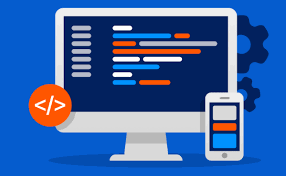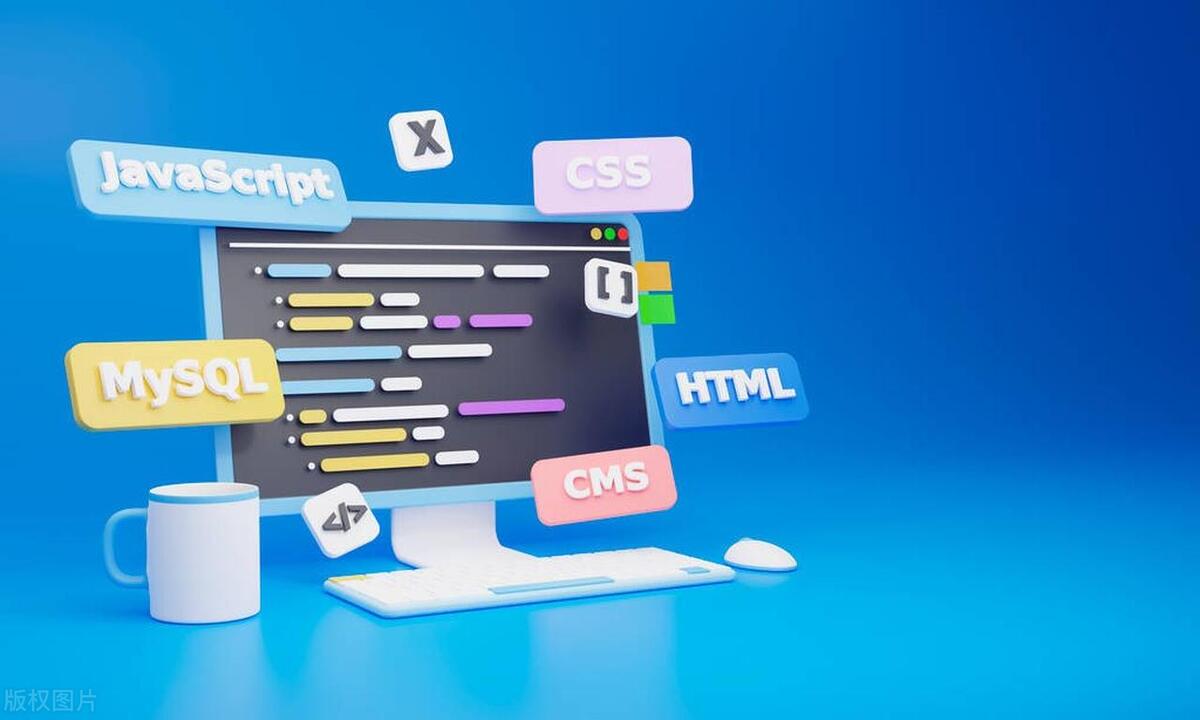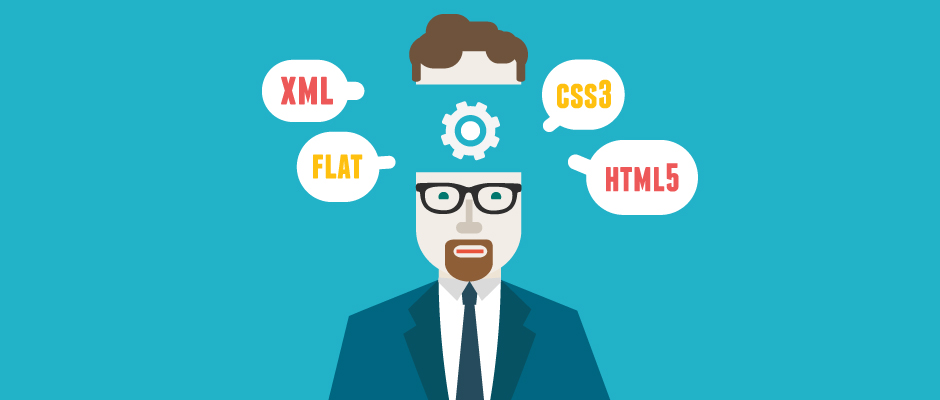The shape-outside attribute of CSS allows web page text to be arranged around non-rectangular graphics. 1. The basic usage is to use shape functions such as circle(), ellipse(), inset() or polygon() in combination with float; 2. You can use the transparent channel of PNG pictures to define shape boundaries, and you need to use clip-path to ensure visual consistency; 3. Polygon() supports custom polygon coordinates to achieve flexible layout; 4. Notes include only the effect on float elements, browser compatibility and performance. Mastering these key points can achieve interesting mixed graphics and text effects.

Sometimes we want the text on the web page to be arranged around some non-rectangular graphics, such as circles, ellipses and even custom polygons. CSS provides a very practical property: shape-outside , which can help us achieve this effect. The key is understanding how to use it to control the shape boundaries of text streams.

Basic usage: Start with a simple shape
The most common usage of shape-outside is to use it in conjunction with float attribute. It accepts a shape function, such as circle() , ellipse() , inset() or polygon() , which determine the specific path surrounding the text.

For example:
.shape {
float: left;
shape-outside: circle(50%);
}This code will allow the text to flow around the outside of a circular area. Note that this element itself will still occupy a rectangular space, but the text stream will be adjusted according to the shape you set.

Common settings include:
-
circle(50%): A circle with the center of the element as the center and a radius of 50%. -
ellipse(): Oval shape. -
inset(top right bottom left): Inline rectangle, can have rounded corners. -
polygon(): supports multiple coordinate points, suitable for creating irregular shapes.
Use pictures as shape boundaries
In addition to defining shapes through CSS functions, you can also directly use the transparent channels of the picture to generate shape outlines. This is especially useful when you want text to revolve around a PNG image (like a hand-painted character).
The syntax is as follows:
.shape {
float: left;
shape-outside: url('image.png');
clip-path: url('image.png');
} The key here is that the image must be of the same origin as the current page, otherwise the browser will not load its alpha channel due to security restrictions. In addition, in order to make the visual effect consistent with the shape, the element itself is usually cropped with clip-path to make its appearance consistent with the shape boundary.
A few points to note:
- The image format is preferably PNG and has clear transparent edges.
- Moderate size to avoid affecting performance.
- Not recommended for complex or high-precision images, as shape extraction may be distorted.
Custom polygon shapes: more flexible layouts
polygon() is the most powerful choice when you need to have more freedom to control the path through which text flows. You can define any shape by a set of coordinate points.
Example:
.shape {
float: left;
shape-outside: polygon(0 0, 100% 0, 50% 100%);
}The example above draws a triangle, and the text will walk around this triangle. The coordinate system takes the upper left corner of the element as the origin (0, 0), and grows to the right and downwards.
In practical applications, visual tools such as Clippy or CSS Shapes Editor can be used to assist in the generation of polygon coordinates, which is more efficient and more intuitive.
Notes and compatibility
Although shape-outside is very powerful, there are some things to pay attention to in actual use:
- It only works on elements with
floatset and cannot be used for floating simulations in flex or grid layouts. - In terms of browser support, mainstream modern browsers (Chrome, Edge, Firefox) are all supported, and Safari supports them well, but there may be problems in older versions.
- If the shape is too complex, it may affect the page rendering performance, especially when using a large number of polygons or large images.
Also, if you find that the text is not arranged as expected, check if the float setting is missing, or the element size is too small to make the shape not display correctly.
Basically that's it. After mastering these key points, you can start trying to create some interesting mixed pictures and text effects.
The above is the detailed content of Wrapping Text Around Custom Shapes Using CSS shape-outside. For more information, please follow other related articles on the PHP Chinese website!

Hot AI Tools

Undress AI Tool
Undress images for free

Undresser.AI Undress
AI-powered app for creating realistic nude photos

AI Clothes Remover
Online AI tool for removing clothes from photos.

Clothoff.io
AI clothes remover

Video Face Swap
Swap faces in any video effortlessly with our completely free AI face swap tool!

Hot Article

Hot Tools

Notepad++7.3.1
Easy-to-use and free code editor

SublimeText3 Chinese version
Chinese version, very easy to use

Zend Studio 13.0.1
Powerful PHP integrated development environment

Dreamweaver CS6
Visual web development tools

SublimeText3 Mac version
God-level code editing software (SublimeText3)

Hot Topics
 How does React handle focus management and accessibility?
Jul 08, 2025 am 02:34 AM
How does React handle focus management and accessibility?
Jul 08, 2025 am 02:34 AM
React itself does not directly manage focus or accessibility, but provides tools to effectively deal with these issues. 1. Use Refs to programmatically manage focus, such as setting element focus through useRef; 2. Use ARIA attributes to improve accessibility, such as defining the structure and state of tab components; 3. Pay attention to keyboard navigation to ensure that the focus logic in components such as modal boxes is clear; 4. Try to use native HTML elements to reduce the workload and error risk of custom implementation; 5. React assists accessibility by controlling the DOM and adding ARIA attributes, but the correct use still depends on developers.
 Describe the difference between shallow and full rendering in React testing.
Jul 06, 2025 am 02:32 AM
Describe the difference between shallow and full rendering in React testing.
Jul 06, 2025 am 02:32 AM
Shallowrenderingtestsacomponentinisolation,withoutchildren,whilefullrenderingincludesallchildcomponents.Shallowrenderingisgoodfortestingacomponent’sownlogicandmarkup,offeringfasterexecutionandisolationfromchildbehavior,butlacksfulllifecycleandDOMinte
 What is the significance of the StrictMode component in React?
Jul 06, 2025 am 02:33 AM
What is the significance of the StrictMode component in React?
Jul 06, 2025 am 02:33 AM
StrictMode does not render any visual content in React, but it is very useful during development. Its main function is to help developers identify potential problems, especially those that may cause bugs or unexpected behavior in complex applications. Specifically, it flags unsafe lifecycle methods, recognizes side effects in render functions, and warns about the use of old string refAPI. In addition, it can expose these side effects by intentionally repeating calls to certain functions, thereby prompting developers to move related operations to appropriate locations, such as the useEffect hook. At the same time, it encourages the use of newer ref methods such as useRef or callback ref instead of string ref. To use Stri effectively
 Vue with TypeScript Integration Guide
Jul 05, 2025 am 02:29 AM
Vue with TypeScript Integration Guide
Jul 05, 2025 am 02:29 AM
Create TypeScript-enabled projects using VueCLI or Vite, which can be quickly initialized through interactive selection features or using templates. Use tags in components to implement type inference with defineComponent, and it is recommended to explicitly declare props and emits types, and use interface or type to define complex structures. It is recommended to explicitly label types when using ref and reactive in setup functions to improve code maintainability and collaboration efficiency.
 How to handle forms in Vue
Jul 04, 2025 am 03:10 AM
How to handle forms in Vue
Jul 04, 2025 am 03:10 AM
There are three key points to be mastered when processing Vue forms: 1. Use v-model to achieve two-way binding and synchronize form data; 2. Implement verification logic to ensure input compliance; 3. Control the submission behavior and process requests and status feedback. In Vue, form elements such as input boxes, check boxes, etc. can be bound to data attributes through v-model, such as automatically synchronizing user input; for multiple selection scenarios of check boxes, the binding field should be initialized into an array to correctly store multiple selected values. Form verification can be implemented through custom functions or third-party libraries. Common practices include checking whether the field is empty, using a regular verification format, and displaying prompt information when errors are wrong; for example, writing a validateForm method to return the error message object of each field. You should use it when submitting
 Server-Side Rendering with Next.js Explained
Jul 23, 2025 am 01:39 AM
Server-Side Rendering with Next.js Explained
Jul 23, 2025 am 01:39 AM
Server-siderendering(SSR)inNext.jsgeneratesHTMLontheserverforeachrequest,improvingperformanceandSEO.1.SSRisidealfordynamiccontentthatchangesfrequently,suchasuserdashboards.2.ItusesgetServerSidePropstofetchdataperrequestandpassittothecomponent.3.UseSS
 A Deep Dive into WebAssembly (WASM) for Front-End Developers
Jul 27, 2025 am 12:32 AM
A Deep Dive into WebAssembly (WASM) for Front-End Developers
Jul 27, 2025 am 12:32 AM
WebAssembly(WASM)isagame-changerforfront-enddevelopersseekinghigh-performancewebapplications.1.WASMisabinaryinstructionformatthatrunsatnear-nativespeed,enablinglanguageslikeRust,C ,andGotoexecuteinthebrowser.2.ItcomplementsJavaScriptratherthanreplac
 What is content security policy CSP
Jul 04, 2025 am 03:21 AM
What is content security policy CSP
Jul 04, 2025 am 03:21 AM
Content Security Policy (CSP) prevents attacks such as XSS by limiting the loading source of web page resources. Its core mechanism is to set a whitelist to prevent unauthorized scripts from being executed. The steps to enable include: 1. Define the policy and clarify the allowed resource sources; 2. Add Content-Security-PolicyHTTP header to the server; 3. Use Report-Only mode to test and debug in the initial stage; 4. Continuous monitoring and optimization strategies to ensure that they do not affect normal functions. Notes include handling inline scripts, careful use of third-party resources, compatibility support, and other irreplaceable security measures.






